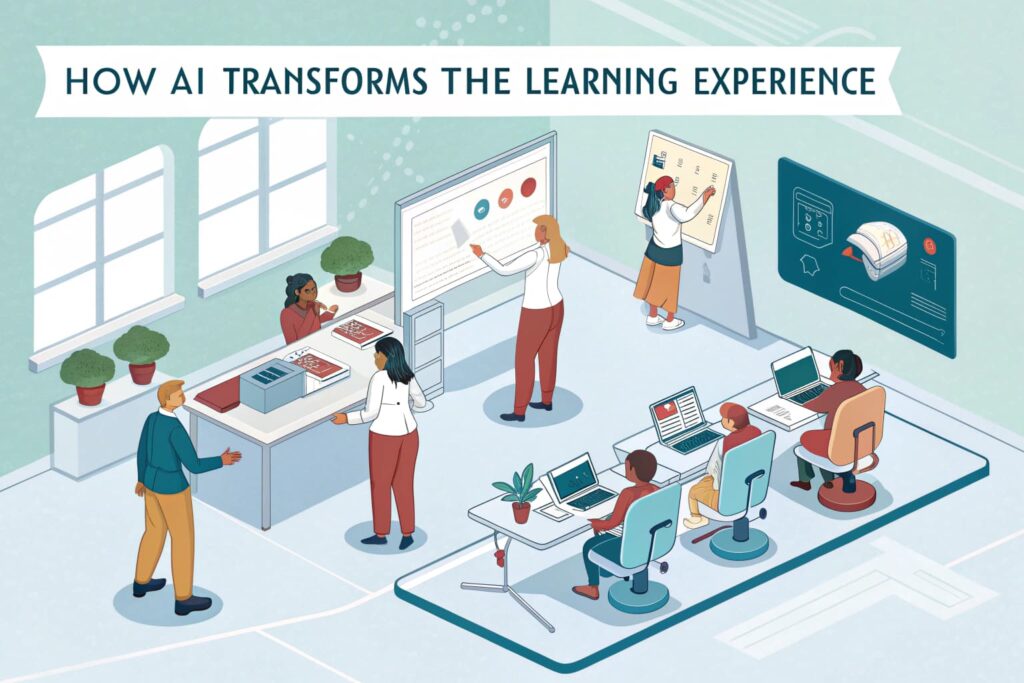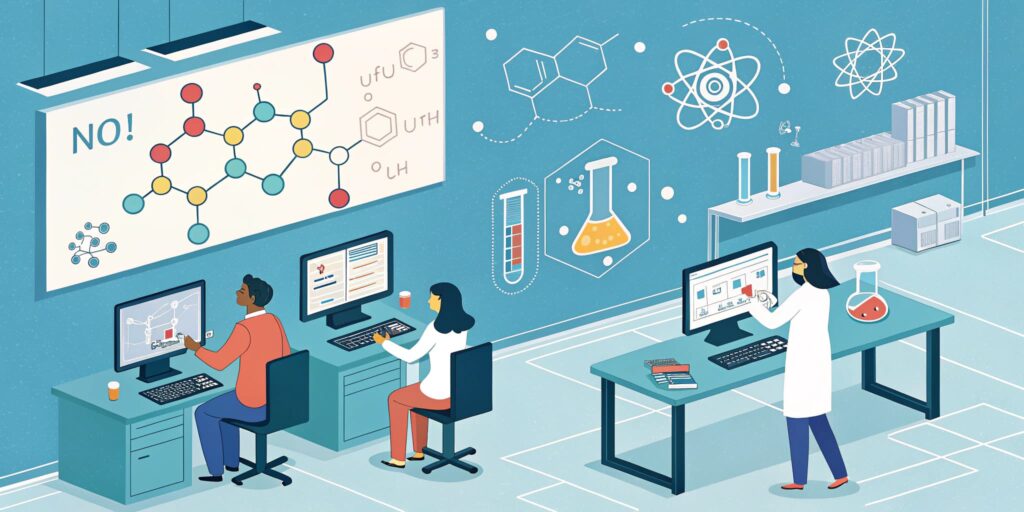Nearly 40% of college students drop out before earning their degree. In STEM fields, failure rates exceed 50% for introductory courses. These statistics reveal a crisis in education. Traditional teaching methods fail to meet individual student needs.
Students struggle with complex subjects for many reasons. Some learn visually. Others need more practice time. Many feel intimidated asking questions in class. The one-size-fits-all model no longer works.
AI-powered educational platforms are changing this landscape. They offer personalized, adaptive learning experiences. Students can master challenging subjects at their own pace. This technology is transforming education fundamentally.
The Evolution of Educational Technology
Educational technology began with simple computer-assisted instruction in the 1960s. Early programs offered basic drills and practice. They lacked sophistication and adaptability.
The internet revolutionized access to information. Online courses emerged. Video tutorials proliferated. Yet these remained largely passive experiences. Students consumed content without meaningful interaction.
Recent breakthroughs enabled true AI in education:
- Machine learning algorithms analyze student performance patterns
- Natural language processing allows conversational interactions
- Adaptive learning systems adjust difficulty in real-time
- Computer vision technology reads handwritten work
- Predictive analytics identify struggling students early
How AI Transforms the Learning Experience

Personalized Learning Paths
AI platforms create unique experiences for each student. Algorithms track comprehension levels continuously. They identify knowledge gaps immediately. Content adjusts automatically based on performance.
Students no longer waste time on concepts they’ve mastered. They spend more time on challenging areas. The system provides additional examples when needed. It offers alternative explanations for difficult concepts.
24/7 Availability and Instant Support
Learning doesn’t stop when class ends. AI tutors are available anytime. Students get help at 2 AM before an exam. They receive instant feedback on practice problems.
This constant availability reduces anxiety. Students don’t worry about bothering teachers. They can ask “stupid” questions without embarrassment. Learning becomes less stressful and more productive.
Interactive Problem-Solving
AI platforms guide students through complex problems step-by-step. They don’t just provide answers. They teach problem-solving strategies. Students learn by doing, not watching.
Visual learners see concepts illustrated dynamically. Kinesthetic learners interact with simulations. Auditory learners access spoken explanations. Everyone finds their preferred learning method.
AI in Different Educational Domains
Language Learning
Duolingo serves over 500 million users worldwide. Its AI adapts lessons based on performance. Speech recognition provides pronunciation feedback instantly. Learners practice conversations with AI chatbots.
Mathematics
Photomath scans handwritten equations with phone cameras. It shows solving steps clearly. Khan Academy’s AI identifies specific misconceptions. It provides targeted practice problems.
Sciences

Chemistry AI exemplifies comprehensive subject support. The platform helps students understand molecular structures. It guides them through chemical equations systematically. Complex calculations become manageable with step-by-step breakdowns.
Students upload homework problems. The AI recognizes chemical formulas and equations. It provides intelligent guidance without simply giving answers. Educators use it to create customized problem sets.
Programming and Computer Science
Platforms like Codecademy offer interactive coding environments. AI provides real-time debugging assistance. Students learn through project-based challenges. Mistakes become learning opportunities.
Benefits for Different Stakeholders
| Stakeholder | Key Benefits |
| Students | Increased confidenceSelf-paced learningBetter exam preparationReduced learning anxiety |
| Educators | More time for mentorshipData-driven insightsAutomated gradingEarly warning systems |
| Institutions | Improved retention ratesScalable solutionsCost reductionBetter learning outcomes |
Challenges and Considerations
The digital divide remains significant. Not all students have reliable internet access. Some lack appropriate devices. This inequality must be addressed.
Over-reliance on technology poses risks. Students may lose critical thinking skills. They might struggle without AI assistance. Balance is essential.
Academic integrity concerns arise. How do we prevent cheating? When is AI help appropriate? Clear guidelines are necessary.
Privacy and data security require attention. AI platforms collect vast amounts of student data. Protection measures must be robust.
The Future of AI in Education
Virtual reality will create immersive learning experiences. Students will explore ancient civilizations. They’ll conduct virtual chemistry experiments safely.
Predictive analytics will identify at-risk students earlier. Interventions will prevent failures before they occur. Success rates will improve dramatically.
AI tutors will become increasingly sophisticated. Natural conversations will replace rigid interactions. Learning will feel more human, despite being AI-powered.
Conclusion
AI-powered educational platforms are revolutionizing learning. They make complex subjects accessible to more students. Quality education is becoming democratized.
Yet technology alone isn’t the answer. Human connection remains vital. The best outcomes combine AI efficiency with human wisdom.
Students should embrace these tools thoughtfully. Use them to supplement, not replace, traditional learning. The future of education is here. It’s personalized, accessible, and transformative.

